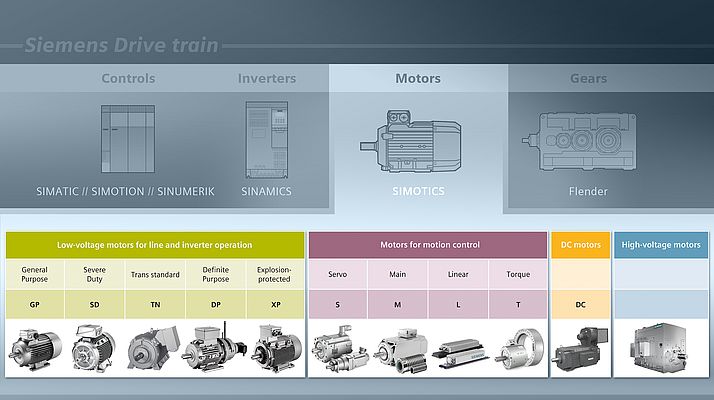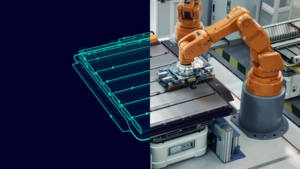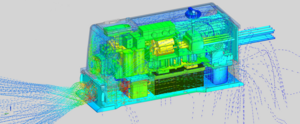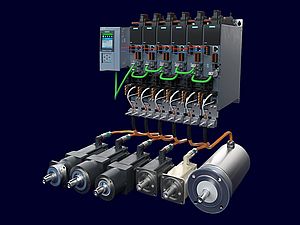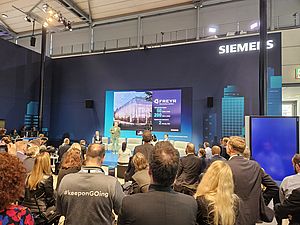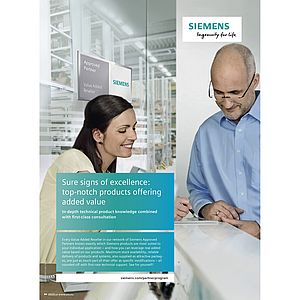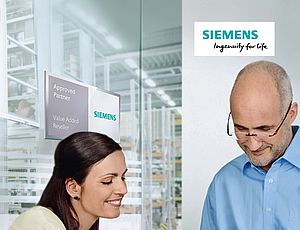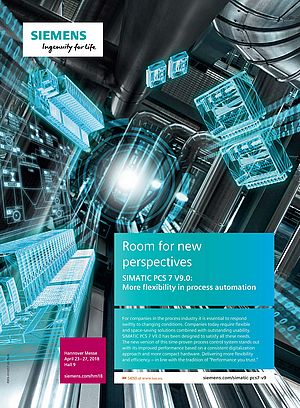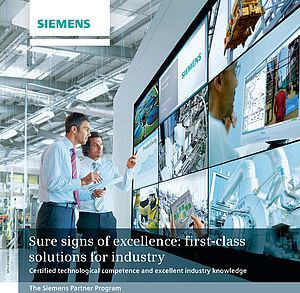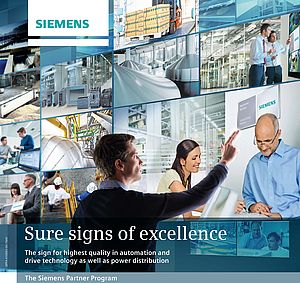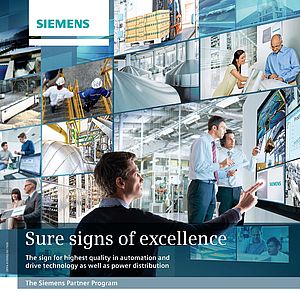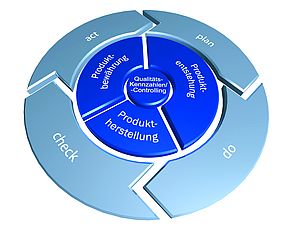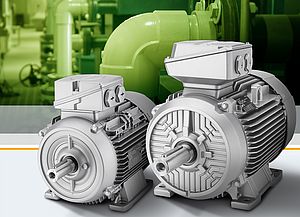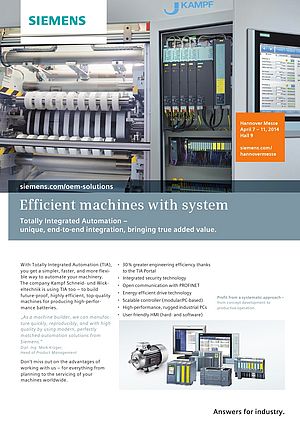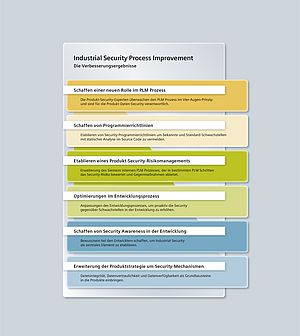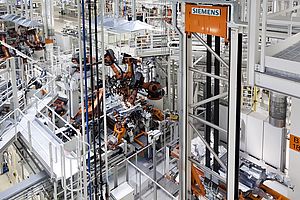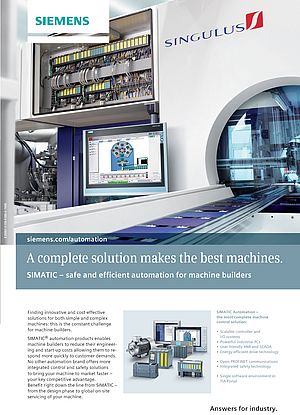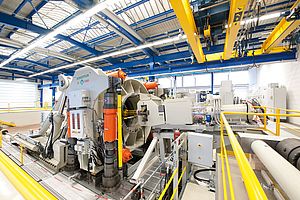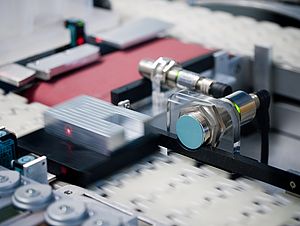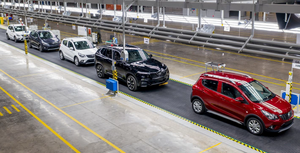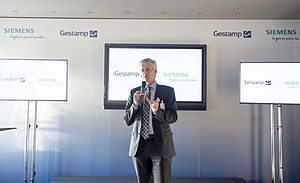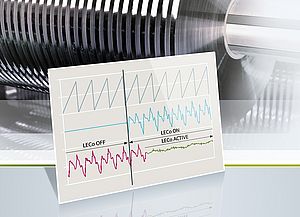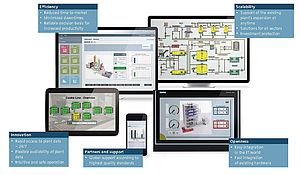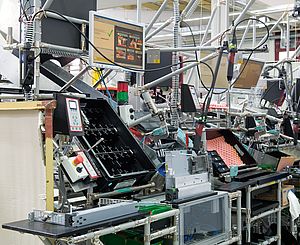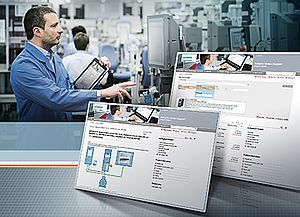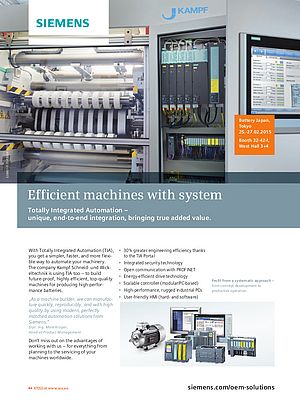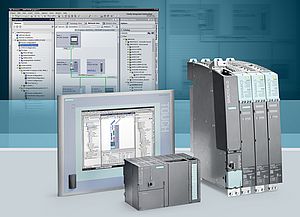The Siemens Drive Technologies Division has combined all its electric motors into one product family with the name Simotics. The integrated portfolio improves clarity for customers when selecting motors. The motors cover applications in almost all areas, and they are an essential component of the Division's integrated drive train. The range encompasses low-voltage induction motors, motors for motion control applications, DC motors, and high-voltage motors. Siemens motors represent reliability, energy efficiency, dynamic response, and precision born out of over 125 years of experience in electric motor construction.
Siemens Drive Technologies Division has now combined this comprehensive range into the "Simotics" product family. Customers can find the right motor for every application in the manufacturing and process industries, as well as in the energy sector: The Simotics family includes low-voltage motors for line and inverter operation, motors for motion control applications, as well as DC motors and high-voltage motors. The range enhances clarity in motor choice, thus facilitating selection of the right motor for the application.
The low-voltage motors for general industrial applications include the Simotics GP General Purpose motors. These are energy-efficient induction motors. Siemens offers these motors with aluminum frame in the shaft heights 80 to 160, and power ratings of 90 W to 45 kW. Typical applications include pumps, fans and compressors with special requirements regarding low weight and high efficiency. The Simotics SD Severe Duty motors have a rugged cast-iron frame and cover the power range from 750 W to 315 kW. They are available in shaft heights 100 to 315, and they meet the stricter requirements of the paper and printing industry, as well as the chemicals/petrochemicals industry. The Simotics TN Trans-Standard motors from shaft height 315 and above cover a low-voltage power range from 200 kW to 1,250 kW. They are available for all common operating voltages and cooling types. The Simotics DP Definite Purpose motors are manufactured for specific purposes such as motors for roller tables in the steel industry, for smoke-extraction applications in the ventilation of buildings and tunnels, as well as for cranes in almost all standard designs. This class is supplemented by ship motors for use below-deck. The explosion-protected motors known as Simotics XP for mains-fed and inverter-fed operation include non sparking "n", increased safety "e", flameproof enclosure "d", and "dust explosion protection" versions for power ratings up to 1,000 kW and shaft heights up to 450.
Siemens offers a comprehensive range of compact motors for motion control applications for exact and dynamic positioning and precise motion control of drive shafts. The new Simotics motor class includes the Simotics S Synchronous servomotors with power ratings from 50 W to 34.2 kW that are characterized by high dynamic response and precision. The motors cover a torque range from 0.08 to 125 Nm, and they have been designed for tasks including positioning and continuous-path control in high-performance production machinery and machine tools, as well as for use in general mechanical equipment manufacture. The Simotics M Main motors are intended especially for high-dynamic and precisely rotating main drives, also primarily in production machinery and machine tools. The motors are available in asynchronous and synchronous versions with power ratings from 2.8 kW to 1,340 kW at maximum speeds of up to 40,000 rpm. These two motor groups are supplemented by direct drives for gearless use. The Simotics L Linear motors are compact synchronous motors with maximum dynamic response and precision for use in high-performance linear axes. They reach top velocities of up to 1,280 m/min. Also available are the powerful Simotics T Torque motors. These are permanent-magnet three-phase synchronous motors with low rated speeds that can constitute a space-saving alternative to hydraulic and conventional electrical drives comprising an electric motor and gear unit. They are suitable for a torque range of 22 to 42,000 Nm with maximum speeds up to 1,800 rpm.
The Simotics portfolio also includes the Simotics DC motors with power ratings up to 1,610 kW that are used, for example, in extruders for the plastics industry, as drives for hoisting and traversing gear in cranes, and as rolling mill drives. In addition, the product family also includes high-voltage motors with a range of power ratings to over 100 MW and speeds of 10 to 15,000 rpm. The motors are available in different construction types, cooling types, and degrees of protection. As main drives, they are often the heart of a plant, and they are characterized by high reliability. They drive powerful compressors and pumps in the oil and gas industries, for example, or mills in mining applications.
It is crucial to the efficiency of an integrated drive train that all components interact optimally and that they are in tune with the application. An important element here is the motor as the direct interface to the motion control system. The Siemens range for the drive train also encompasses gear units, converters and the controller. Controllers are available under the brand names Simatic, Simotion and Sinumerik. The Simatic programmable controllers can be used in standard or fail-safe versions for anything from small automation tasks right up to complex system solutions. Simatic came on the market in 1958. Simotion in conjunction with Sinamics drives is the scalable motion control system from Siemens for production machinery. It enables centralized machine concepts with just one central controller as well as distributed concepts with distributed intelligence via several controllers. Simotion was introduced in 2000. The Sinumerik machine control system had already been offered in 1960 when Siemens marketed the world's first industrial NC (numerical control) for machine tools. The Sinamics family has been available since 2003 for converter-fed operation of the motors. Sinamics offers converters in different power and performance levels and thus covers a wide range of drive applications. The history of converters began in 1920 when the mercury-vapor rectifier was developed as the first electronic control system for variable-speed DC drives up to the megawatt range. The drive train is completed with Flender gear units. Siemens acquired Flender Holding GmbH in 2005. Flender had already presented a series-produced modular gear unit system at the Hanover Fair back in the 1960s.
Electric motor product family
cover applications in most areas
- by Siemens AG
- January 30, 2012
- 1057 views



